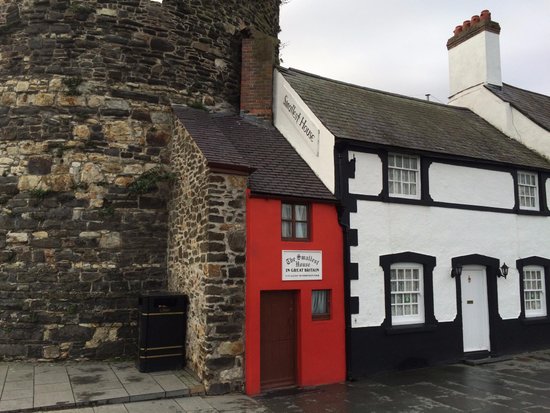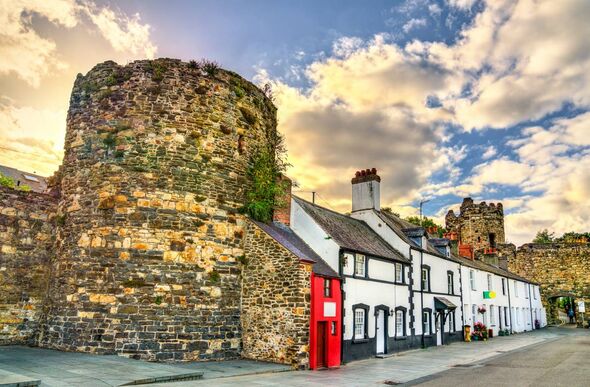Table of Contents
ToggleIntroduction to the Smallest House
Nestled on the quay in Conwy, Wales, the smallest house in Great Britain, also known as the Quay House, is a unique piece of Welsh history. With its charming red facade and compact size, this tiny house has become a beloved tourist attraction, drawing visitors from all over the world to witness its story. Built with a floor area of just 3.05 by 1.8 meters (10 by 5.9 feet) and standing 3.1 meters (10 feet 2 inches) tall to the eaves, the house is remarkable not only for its diminutive size but also for the centuries of history embedded in its walls.

Architectural Features and History
Constructed as early as the 1500s, the house is tucked into the medieval walls of Conwy Castle, highlighting the strategic use of available space in ancient architectural practices. Despite its tiny dimensions, the house served as a residence for over 400 years. Its design, though simple, includes basic functional elements, such as a fireplace for cooking on the ground floor and a narrow sleeping loft accessible by ladder. This efficient layout reflects the frugal lifestyle of its former inhabitants.

A Fisherman’s Home
The final resident of the Quay House was Robert Jones, a fisherman who reportedly stood over six feet tall, making his life within such a compact space a remarkable feat. Jones would have had to crouch frequently, especially on the upper floor, where the ceiling height was particularly restrictive. Nevertheless, he lived in the house comfortably until 1900, when it was declared uninhabitable due to its lack of modern amenities. The decision to vacate the house marked the end of its role as a residence and the beginning of its status as a preserved historic site.

Cultural Significance and Tourism
Today, the smallest house in Great Britain is preserved as a treasured symbol of Welsh heritage. Visitors can tour its compact interior, experiencing the limitations and resourcefulness of its former residents. Inside, tourists find only the essentials—a small fireplace, a single table, and a narrow ladder leading to the sleeping area. This minimalistic setup invites guests to appreciate the ingenuity required to live comfortably within such a small space.
The house’s vibrant red exterior adds to its charm and visibility, making it a popular photo spot for tourists. A well-known photograph from around 1902 shows a woman standing outside the house, a nostalgic image that endures as a connection to the past. For many, visiting the house offers a window into the lives of ordinary Welsh citizens centuries ago, providing insights into how they adapted to challenging spaces and lived simply.
The Smallest House as a Symbol of Adaptability
The story of the smallest house speaks to human adaptability and resourcefulness. The people who lived here, from fishermen like Robert Jones to countless others before him, made the most of every inch of space, organizing their lives around the limitations of the tiny home. Their ability to thrive within this compact area offers a glimpse into a bygone era and the ingenuity of Welsh residents.

Conclusion
The smallest house in Great Britain, though modest in size, holds a grand place in the heart of Conwy. Its enduring appeal lies in its blend of history, architecture, and the everyday resilience of its former inhabitants. As a preserved landmark, the house reminds us of the past’s simplicity and the charm of traditional living, while also providing a rare opportunity for modern-day visitors to step back in time and explore one of the quirkiest pieces of Welsh heritage. Whether drawn by its historical significance, its curious design, or simply its charming appearance, visitors to the Quay House leave with a deeper appreciation of Wales’ rich cultural tapestry.

